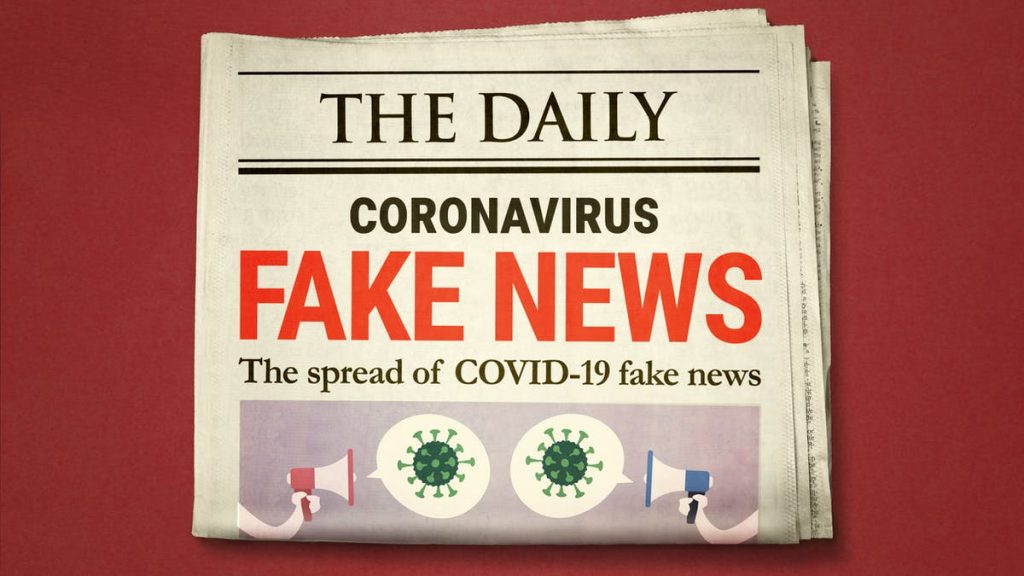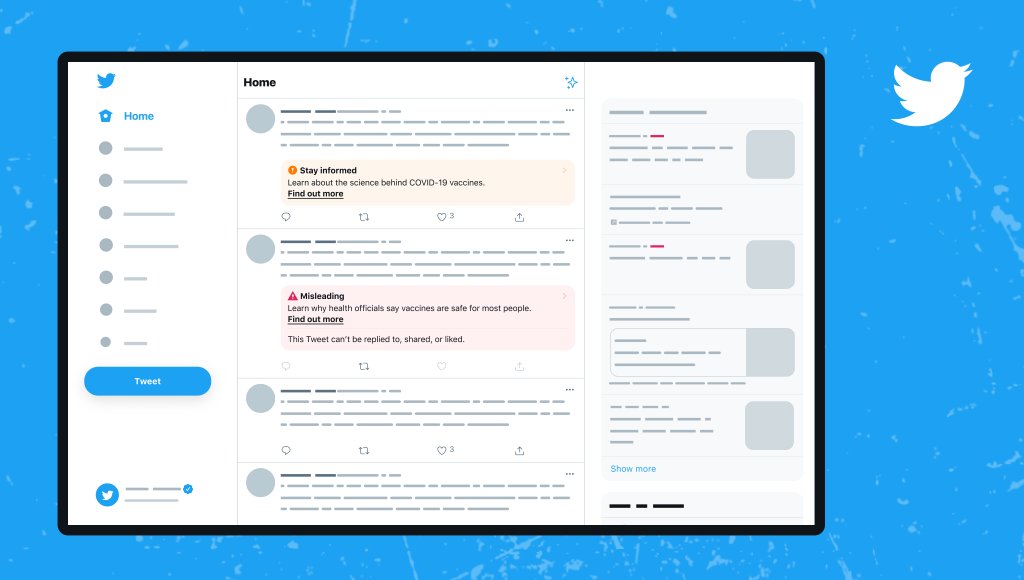Twitter is experimenting with making adjustments to the way it contextualizes false messages that aren’t considered threatening enough to be deleted entirely from the network.
The new design includes additional information about why a tweet is false. It also gives the users a sense of context. The design updates aren’t Twitter’s first attempt to combat the widespread problem of online disinformation.
The fight to clampdown on fake news on social media has been on for a while. Officials from the European Commission had suggested that Facebook, Twitter, and Google provide monthly fake news reports to combat false information regarding the coronavirus pandemic.


But Twitter ultimately insisted on going with labels that essentially flag stories and posts suspected of containing fake or misleading information.
Last year, we started using labels to let you know when a Tweet may include misleading information. For some of you on web, we’ll be testing a new label design with more context to help you better understand why a Tweet may be misleading.
Twitter Support
Twitter’s new design for misinformation labels
The new tags will now have colour-coded backgrounds in the limited trial, making them considerably more visible in the stream and allowing users to swiftly interpret information via visual signals.
- Tweets that Twitter deems “misleading” will be accompanied by a red backdrop which is definitely attention-grabbing, a brief explanation, and a warning that users will not be able to reply, like, or share the content.
- The colour yellow denotes posts that are not as well-intentioned as those in red. A single click on the colour-coded tweets will reveal the confirmed facts, allowing you to acquire the proper information.
In both cases, Twitter has made it clearer that you can use the labels to discover verified material on the subject (in this case, the pandemic).
“People who come across the new labels as a part of this limited test should expect a more communicative impact from the labels themselves both through copy, symbols and colors used to distill clear context about not only the label, but the information or content they are engaging with,” a Twitter spokesperson told TechCrunch.


Labels are only one of the content moderation tools that Twitter has developed over the last few years, along with click-through warnings and pop-up notifications that subtly discourage people from immediately posting controversial tweets.
Furthermore, before coming up with the new design, the microblogging site tried a variety of colours and symbols as well as the reaction of its users.
Why is Twitter taking this step?
The improvements are the result of extensive public feedback, which convinced the platform that misinformation labels needed to stand out more in a sea of messages. Facebook’s own misinformation labels have also been chastised for integrating too quickly and not putting enough friction in the way of potentially harmful content on the platform.
Twitter started using content tags to highlight “modified media” – photographs and videos that have been altered to intentionally mislead users, such as Nancy Pelosi’s manipulated deepfake video that went viral in 2019.
To combat the Covid-19 disinformation wave that swept social media early in the pandemic, Twitter extended its usage of labels in May.
The organisation also incorporated additional labels specific to vaccination misinformation and a strike-based system into its guidelines a month ago. The goal is for Twitter to develop a collection of technologies that will allow it to respond appropriately to disinformation based on the risk of harm in the real world.
Twitter’s fight against misinformation
On May 5, 2021, Gizmodo, the design and technology website stated that Twitter is releasing three new labels, such as “Get the Latest,” “Stay Informed,” and “Misleading.” It states how wrong a piece of information is.
Twitter also issued a message on September 25, 2020, encouraging readers to read the entire post before retweeting it. “Headlines Don’t Tell the Whole Story,” says the prompt.
Conclusion
In the end, these decisions require a great deal of subjective analysis and interpretation, even if they are based on specified policies. Despite social media firms’ best efforts to delegate difficult decisions to algorithms, the final decision rests with a group of humans attempting to choose the best course of action.
While there is no single answer to address the unique challenges presented by the variety of types of misinformation, investing in a multi-pronged approach will allow Twitter to be flexible and adapt to the ever-changing dynamics of public conversation.
While this may be a big welcome to pacifists, some believe people should be allowed to express themselves however they want because this is the only way to truly know what someone feels.






